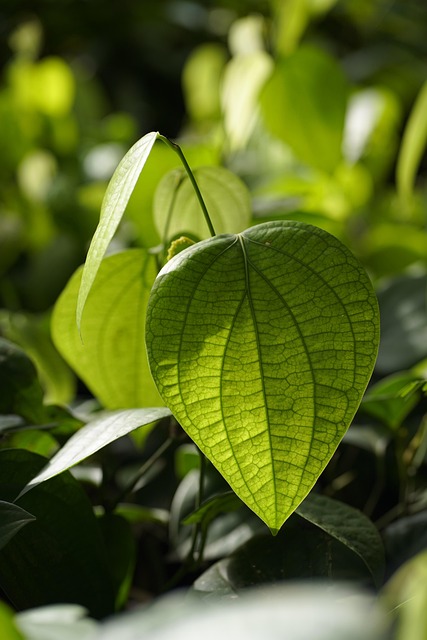Biodiversity in real estate enhances ecosystem resilience and property values through carbon absorption, oxygen release, and stress resistance. Smart development practices prioritize habitat conservation, restoration, and biodiversity enhancement by preserving green spaces, wildlife corridors, and native vegetation. Sustainable building design and eco-friendly strategies like energy-efficient structures and renewable energy sources minimize ecological footprints while increasing property value and contributing to a vibrant, resilient landscape.
In the dynamic landscape of real estate, biodiversity and habitat conservation are emerging as key considerations. This article delves into the intricate relationship between these factors and property development. We explore how understanding biodiversity’s role can inform strategic habitat conservation, while integrating sustainable practices benefits diverse ecosystems. By examining these interconnected aspects, real estate professionals can navigate challenges and opportunities to create harmonious communities that preserve our planet’s rich natural tapestry.
Understanding Biodiversity's Role in Real Estate

Biodiversity plays a critical role in the real estate sector, often overlooked but indispensable. Ecosties with rich biodiversity offer more than aesthetic appeal; they contribute to healthier, more resilient environments. Diverse plant life can help mitigate climate change by absorbing carbon dioxide and releasing oxygen, while varied wildlife indicates a balanced ecosystem capable of withstanding environmental stressors. This, in turn, benefits real estate values. Properties situated in biodiverse areas often enjoy higher market appeal due to their natural beauty, improved air quality, and enhanced overall livability.
Moreover, understanding biodiversity can inform smart development practices. Real estate developers can actively incorporate strategies that preserve and enhance existing ecosystems, such as creating wildlife habitats, implementing green infrastructure, and adopting sustainable landscaping techniques. These approaches not only protect biodiversity but also offer long-term economic advantages through increased property value, improved community health, and enhanced tourism potential.
Evaluating Habitat Conservation Strategies

Evaluating Habitat Conservation Strategies in the context of real estate is paramount for ensuring sustainable development. Successful strategies must go beyond mere protection; they should aim to restore and enhance ecosystems, fostering biodiversity. This involves understanding the unique needs of various species within a given habitat, and implementing practices that promote ecological balance.
By integrating biodiversity considerations into real estate projects, developers can create thriving environments that benefit both nature and humanity. This might include strategies such as preserving green spaces, constructing wildlife corridors, and incorporating native vegetation. Such approaches not only mitigate the impact of development but also contribute to a vibrant, resilient landscape, enhancing the value of surrounding properties in the long term.
Integrating Sustainable Practices for Diverse Ecosystems

Incorporating sustainable practices is pivotal for safeguarding biodiversity and maintaining thriving habitats, especially within the context of real estate development. Developers and landowners can play a significant role in promoting ecological balance by adopting eco-friendly strategies. One such approach is implementing diverse landscaping techniques that replicate natural ecosystems. This involves selecting native plant species, creating wildlife habitats, and ensuring water bodies are managed sustainably. By integrating these practices, real estate projects can become sanctuaries for various flora and fauna, enhancing overall ecosystem resilience.
Additionally, sustainable building design principles, such as energy-efficient structures, green roofing, and renewable energy sources, contribute to minimizing the ecological footprint of properties. These methods not only preserve biodiversity but also offer long-term cost savings and improved living conditions for occupants. Embracing these practices is a step towards creating harmonious environments where nature and human development coexist, ensuring a healthier planet for future generations.






